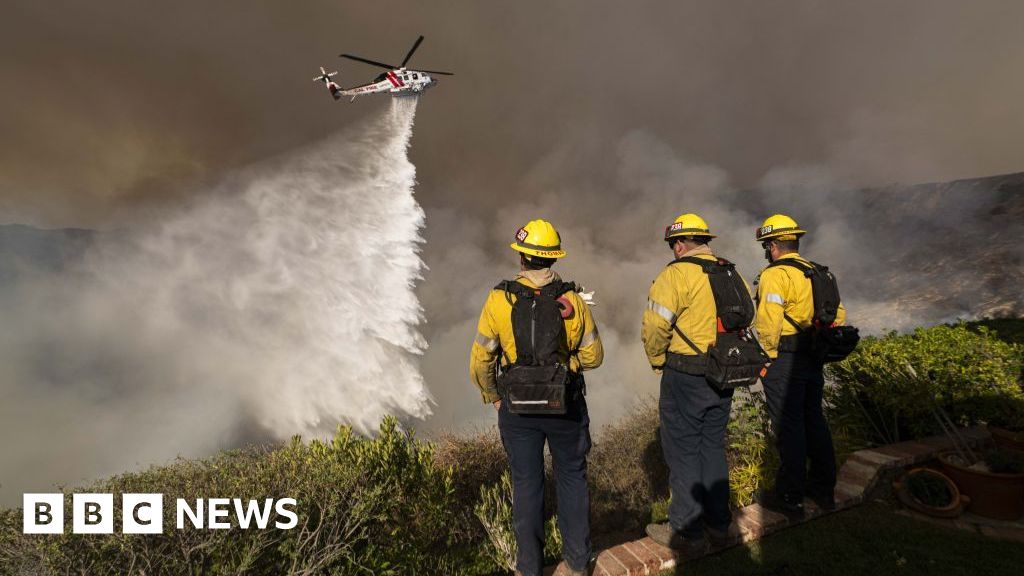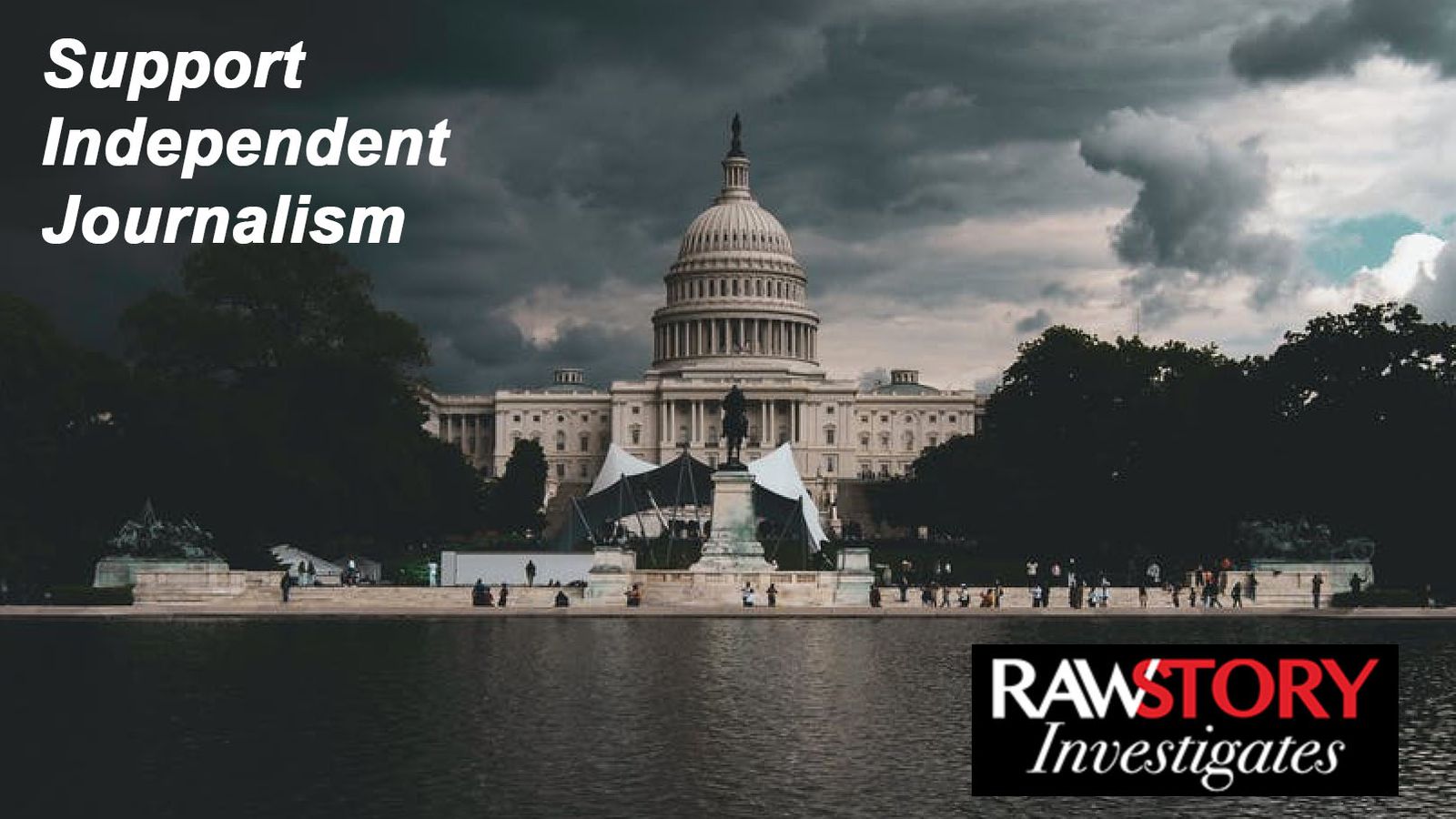NEW DELHI, Jul 08 (IPS) – Cyclones and floods have become increasingly frequent across different parts of India, posing a significant threat to the country’s population.
According to global data, India ranks as the second-highest-risk nation, with 390 million people potentially to be affected by flooding due to climate change and among them are 4.9 million fishworkers.
Venkatesh Salagrama, a Kakinada-based expert on small-scale fisheries, and also an independent consultant to the UN’s Food and Agriculture Organization has been quoted as saying: “For every boat in the sea, there are at least 5-20 people depending on it.”
From 2015 to 2023, Indians have faced the devastating impacts of floods and heavy rainfall (see graph). Among those most affected are the ‘ocean people’ or fishworkers, whose lives are further endangered by rising temperatures and unpredictable weather patterns.
They already struggle with government initiatives aimed at intensifying the use of the ocean for the blue economy and the corporatization of coastal lands for port development, known as the nationwide ‘Sagarmala Project’ further denying them rights to coastal lands. Thereby, making the rights of fishworkers precarious, with no protective government laws in place. Climate change exacerbates their vulnerability, turning their worst fears into reality.

For instance, recently in December 2023, Tamil Nadu and Andhra Pradesh (southern coastal states in India) and faced Cyclone Michaung, which led to extensive flooding. The cyclone brought extreme rainfall, with parts of the Tamil Nadu coast experiencing more rainfall in a single day than the average annual rainfall, a consequence of climate change.
In places like Kayalpattinam and Thoothukudi, where the average annual rainfall is around 900-950 mm, more than 1000 mm fell in a single day. However, the cyclone was not the immediate cause of the flooding.
“The flooding was largely a result of human mismanagement. Excessive urbanization and development in natural floodplains, combined with inadequate preparation, exacerbated the situation. The state government failed to release water from reservoirs and lakes before the cyclone, leading to overflowing when the heavy rains arrived,” S Sridhar, Coastal Researcher and Research Scholar at Indian Institute of Technology, Delhi said.
As a result, houses and roads were submerged, cutting off access to various villages and delaying rescue and relief efforts. The state’s response was hampered by damaged infrastructure, and the relief efforts from both the state and NGOs were delayed due to inaccessible roads and train routes.
Before the cyclone, fishworkers were already affected as they were not allowed to venture into the sea due to cyclone warnings, resulting in an initial loss of income. Once the cyclone hit, flooding damaged boats parked both in harbors and along the shoreline, affecting small and mechanized boats alike. Nets and other essential fishing gear were also damaged, representing a significant financial loss as nets are crucial and expensive. The fisher community experienced extensive damage, highlighting the severe impact on their livelihood and resources.
A fishworker only identified Simhadri, a victim of the cyclone was quoted in The New India Express as saying: “Every fisherman in Gollapudi suffered an average loss of Rs 1 lakh (about USD 1,200) as the fishing nets, motors, and boats got damaged while some were drowned. The collector should pay a visit and provide financial assistance.”

There was a significant failure in predicting the extent of rainfall. The India Meteorological Department (IMD) did not provide adequate warnings, resulting in insufficient preparations with Union blaming the state government and vice a versa. The state government requested over 5060 crore from the Union government for flood relief but received only a fraction, which was 450 crores. The capacity of NGOs to provide aid was also limited due to restrictions like the Foreign Contribution Regulation Act (FCRA).
S Sridhar further added that “This highlights the need for a more participatory and democratized approach to meteorology, involving fishworkers and ocean people in modern scientific prediction methods who have the traditional knowledge of the sea and weather. Moreover, in terms of preparation, proactive measures such as releasing water from reservoirs before the cyclone would have mitigated the flooding. However, the state government did not take these steps, blaming inadequate warnings from the IMD.”
The ocean people, or fishworkers, are experiencing daily losses, making their plight a clear candidate for the ‘Loss and Damage Fund.’ At the COP27 and 28 world leaders recognized the need to support low-income developing countries grappling with the devastating impacts of climate change.
The result was the creation of the Loss and Damage Fund, a financial lifeline aimed at helping these vulnerable nations recover from climate-induced natural disasters. To ensure the effective implementation of this fund, a Transitional Committee was established, including representatives from 24 developed and developing nations. This collaborative effort underscores a global commitment to addressing the urgent needs of those most affected by climate change.
A compelling aspect of the Loss and Damage Fund is its recognition of both economic and non-economic losses. Non-economic losses encompass injury, loss of life, health, rights, biodiversity, ecosystem services, indigenous knowledge, and cultural heritage—areas where marginalized communities are most affected. For instance, while economic losses might include income forfeited due to heatwaves, non-economic losses would cover the displacement of communities from coastal villages due to beach erosion.
This highlights the profound vulnerability of fishworkers and ocean-dependent communities, acutely impacted by these environmental changes. Further, due to limited economic and social resources available with the fishworkers, some adaptive and counter measures are beyond the fishworkers’ capacities.
The Loss and Damage Fund can be allocated to those results of extreme climate events that cannot be countered or are beyond the practice of climate adaptation (activities to prepare and adjust to the climate change), for example, loss of lives and cultural practices. This complexity makes it harder for marginalized communities like fishworkers to argue their case and access the fund.
Despite establishing such measures, the global response has often been more talk than action. Experts argue that the pledged amounts fall drastically short, covering less than 0.2 percent of what developing countries require, estimated at a minimum of $400 billion annually according to the Loss and Damage Finance Landscape report. In response, members of the Transitional Committee from developing nations have proposed that the fund should aim to allocate at least USD 100 billion annually by 2030 to meet these pressing needs.
“The loss and damage fund should be considered for not only immediate relief and rescue operations but also for preparedness and spreading knowledge. A participatory approach to meteorology can enhance prediction accuracy and disaster preparedness. Additionally, slower and ongoing disasters like coastal erosion and declining fish catches due to climate change also require attention. Fishworkers in various regions have demanded compensation for “fish famine” similar to agricultural famine relief,” Sridhar said.
The Adaptation Gap Report 2023 emphasizes that “a justice lens underscores that loss and damage is not the product of climate hazards alone but is influenced by differential vulnerabilities to climate change, which are often driven by a range of socio-political processes, including racism and histories of colonialism and exploitation.”
As India continues to battle these extreme weather events, the call for tangible action and equitable solutions becomes ever more urgent. The world watches and waits—will the promises of climate justice be fulfilled, or will they remain hollow words in the face of escalating crises?
This feature is published with the support of Open Society Foundations.
IPS UN Bureau Report
Follow @IPSNewsUNBureau
Follow IPS News UN Bureau on Instagram
© Inter Press Service (2024) — All Rights ReservedOriginal source: Inter Press Service



















Discussion about this post